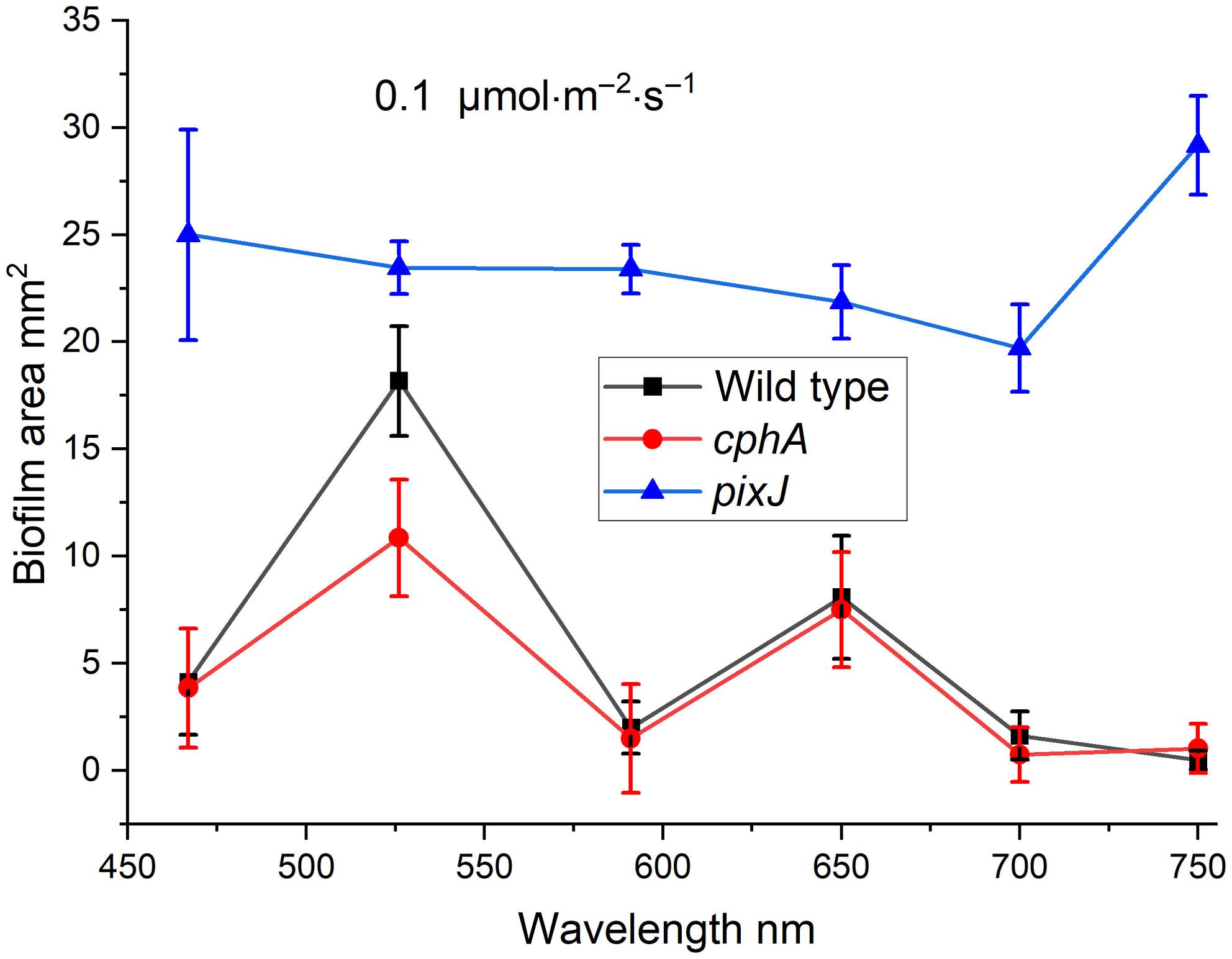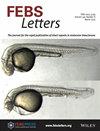蓝藻趋光性和亲光性中的光系统和光感受器
IF 3.5
4区 生物学
Q1 Biochemistry, Genetics and Molecular Biology
引用次数: 0
摘要
蓝藻通过在表面滑行运动来趋光或避光。目前还不清楚分子水平是如何感知光的方向的。与野生型相比,多种光感受器敲除突变体对光的反应更强。光的方向要么是由多个光感受器感知的,要么是由光合系统感知的。在对丝状蓝藻裂头藻的趋光性研究中,宽光谱灵敏度、3-(3,4-二氯苯基)-1,1-二甲基脲(DCMU)的抑制作用以及高灵敏度的反应说明光系统是光方向传感器。在此,我们将讨论光系统理论是否适用于其他蓝藻的光导现象。本文章由计算机程序翻译,如有差异,请以英文原文为准。

Photosystems and photoreceptors in cyanobacterial phototaxis and photophobotaxis
Cyanobacteria move by gliding motility on surfaces toward the light or away from it. It is as yet unclear how the light direction is sensed on the molecular level. Diverse photoreceptor knockout mutants have a stronger response toward the light than the wild type. Either the light direction is sensed by multiple photoreceptors or by photosystems. In a study on photophobotaxis of the filamentous cyanobacterium Phormidium lacuna, broad spectral sensitivity, inhibition by 3-(3,4-dichlorophenyl)-1,1-dimethylurea (DCMU), and a highly sensitive response speaks for photosystems as light direction sensors. Here, it is discussed whether the photosystem theory could hold for phototaxis of other cyanobacteria.
求助全文
通过发布文献求助,成功后即可免费获取论文全文。
去求助
来源期刊

FEBS Letters
生物-生化与分子生物学
CiteScore
7.00
自引率
2.90%
发文量
303
审稿时长
1.0 months
期刊介绍:
FEBS Letters is one of the world''s leading journals in molecular biology and is renowned both for its quality of content and speed of production. Bringing together the most important developments in the molecular biosciences, FEBS Letters provides an international forum for Minireviews, Research Letters and Hypotheses that merit urgent publication.
 求助内容:
求助内容: 应助结果提醒方式:
应助结果提醒方式:


